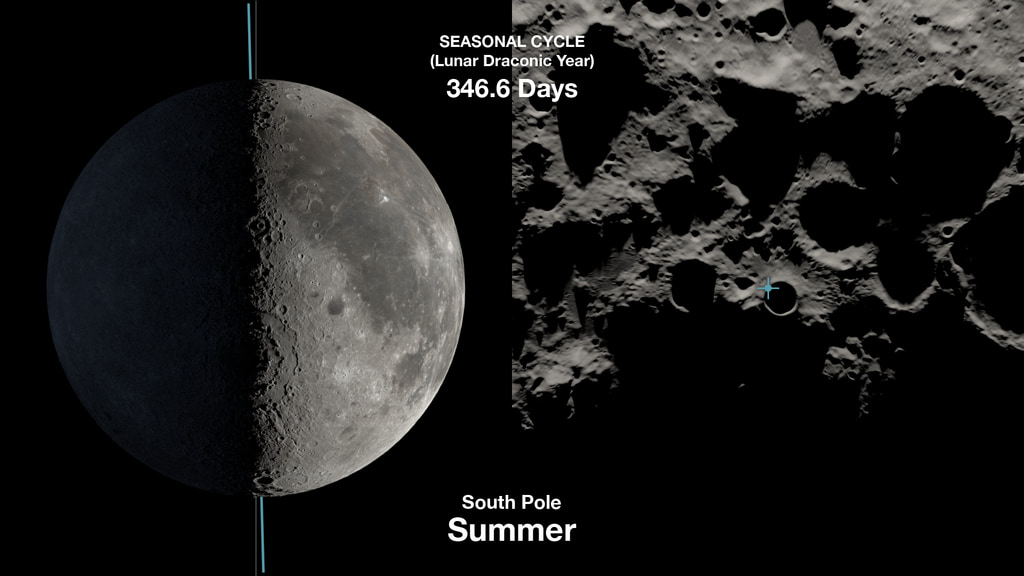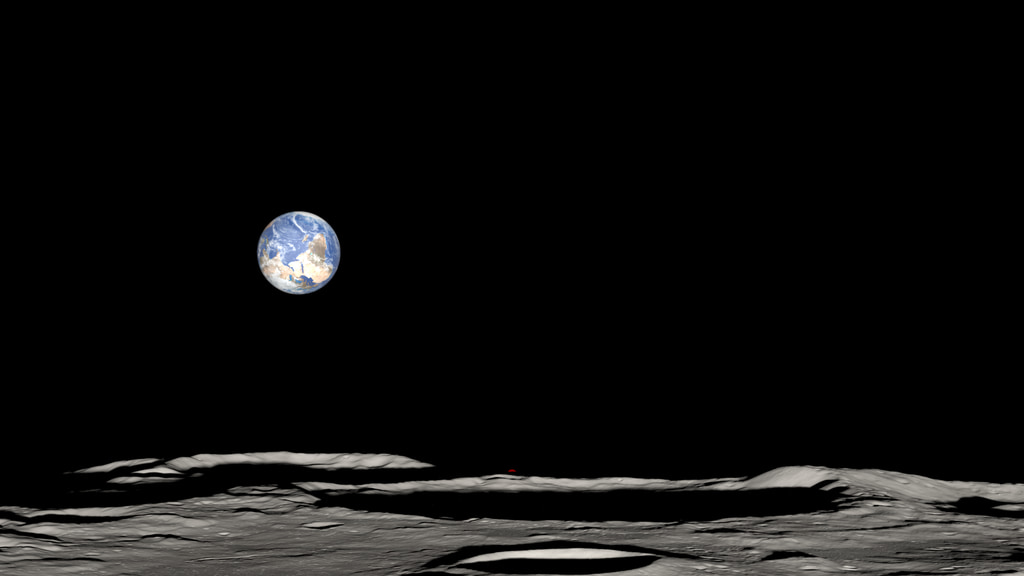Artemis & JETT5 Interview with Kelsey Young
Dr. Kelsey Young is the Artemis Science Flight Operations Lead and works at NASA’s Goddard Space Flight Center in Greenbelt, Maryland.
Complete transcript available.
Dr. Young discusses the JETT5 mission, which was conducted May 13-17. During JETT5, astronauts performed a series of simulated moonwalks in the San Francisco Volcanic Field near Flagstaff, Arizona, while flight controllers and scientists at NASA’s Johnson Space Center in Houston, Texas guided and provided feedback on their progress. JETT5 was designed to prepare crew members for the historic Artemis III mission that will land near the Moon’s south pole.
00:00:00:00 – What is your role in NASA’s Artemis missions?
00:00:58:03 – What was the JETT5 mission, and what activities did it include?
00:01:49:03 – Why are mission simulations like JETT5 critical?
00:02:32:20 – Why was Arizona chosen as the site of the JETT5 field test?
00:03:44:18 – Why were the field tests conducted both in daytime and at night?
00:04:39:13 – Where were Mission Control team members and scientists located?
00:05:21:26 – What is the Science Evaluation Room for the Artemis missions?
00:06:10:17 – What are the activities and roles within the Science Evaluation Room?
00:06:49:00 – What science payloads will the Artemis crew deploy on the lunar surface?
00:07:22:28 – What goes into creating a scientifically well-trained crew member?
To prepare for NASA’s historic Artemis III Moon landing mission, NASA conducted a week-long moonwalk simulation in the San Francisco Volcanic Field near Flagstaff, Arizona with flight controllers and scientists guiding activities from mission control at NASA’s Johnson Space Center in Houston.
The Joint Extravehicular Activity and Human Surface Mobility Program Test Team Field Test #5 (JETT5) was the highest fidelity Artemis moonwalk simulation to date in a series that began in April 2022, and expanded on lessons learned from previous analog missions.
Tests like JETT5 are critical for NASA’s Artemis science teams because they provide an opportunity to test integration with mission control. In the Science Evaluation Room (SER) at NASA’s Johnson Space Center, lunar scientists, geologists, and experts in image analysis and sample science direct and evaluate lunar surface science and geologic observations. They assess and adapt moonwalk traverses, communicating any feedback or changes with the science officer on the flight control team. The science officer conveys those messages to the CAPCOM officer, who then shares insights and recommendations with the crew during missions.
For More Information
See NASA.gov
Credits
Please give credit for this item to:
NASA's Goddard Space Flight Center
-
Scientist
- Kelsey Young (NASA/GSFC)
-
Producer
- Dan Gallagher (KBR Wyle Services, LLC)
-
Videographers
- Rob Andreoli (Advocates in Manpower Management, Inc.)
- John D. Philyaw (Advocates in Manpower Management, Inc.)
-
Public affairs
- Molly Wasser (ADNET Systems, Inc.)
- Victoria Ugalde (NASA/JSC)
- Rachel Barry (Barrios Technology Ltd)
Release date
This page was originally published on Wednesday, May 8, 2024.
This page was last updated on Monday, May 6, 2024 at 6:38 PM EDT.
![Music: Built to Win by Lukas Knoebl [AKM]Complete transcript available.Video description available.](/vis/a010000/a014300/a014356/Goddard_CK_10.jpg)


